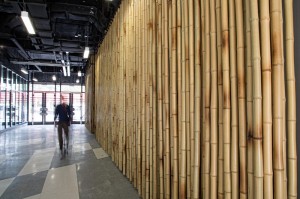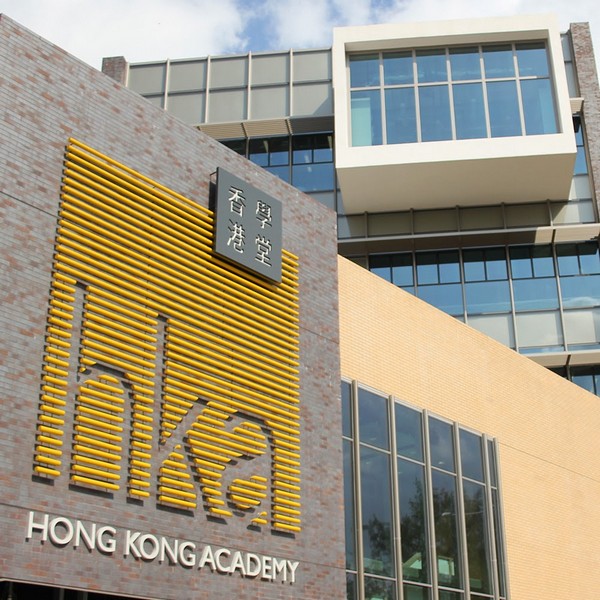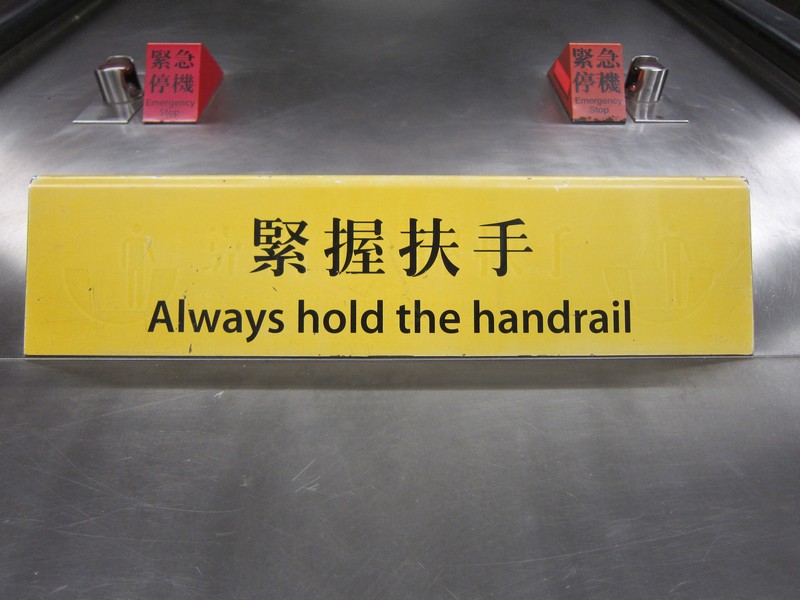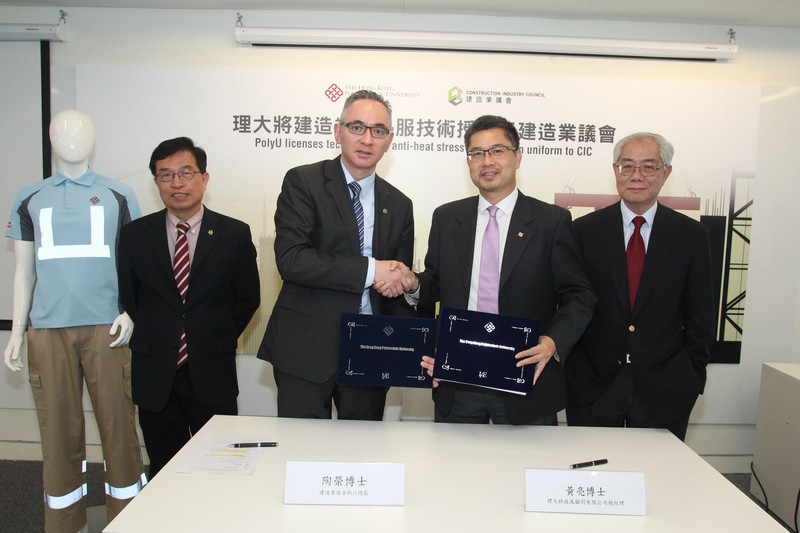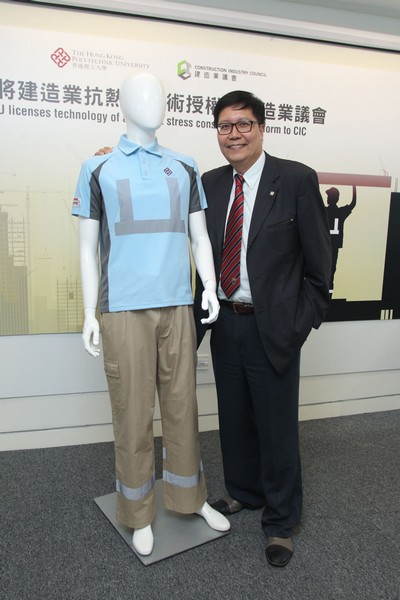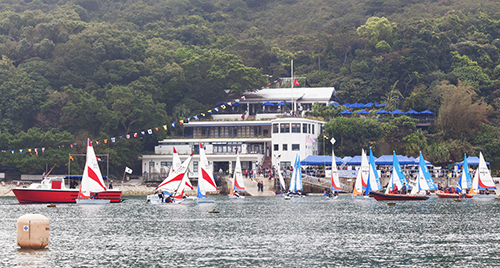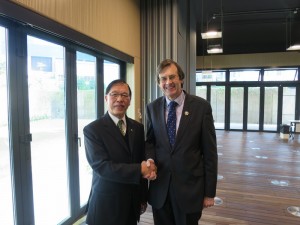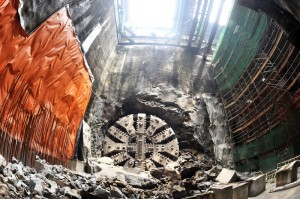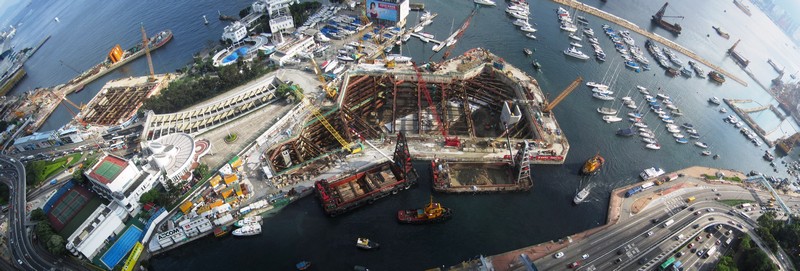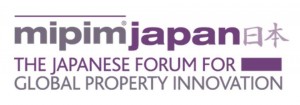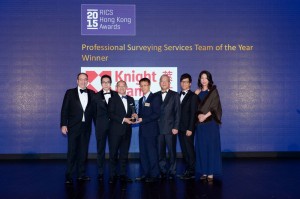The trends that will shape the real estate market have been bubbling under; shaping the thinking of the region’s property services firms and surveyors. PRC Magazine looks at the wider picture that will shape the year.
![IMG_5971]()
This year is set up to be an interesting one. An interest rate hike has been expected for years but a clutch of other factors could be brought to bear on Hong Kong and the Asia-Pacific region, the same region that led the world out of its 2008 financial funk. Slowing economies in mainland China, Japan and Germany; the continuing uncertainty in the United States; potential volatility and over-pricing of office and industrial property; and rising production costs in the mainland and a shift from manufacturing are among the hurdles facing Asia this year.
In spite of the headwinds, Colliers International forecasts a rise in real estate transactions on the heels of a significant increase in supply.
“There is pent-up underlying demand from both occupiers and investors, primarily due to the lack of stock, and that will gradually be satisfied,” Colliers interim chief executive for Asia Dennis Yeo said in December. Expiring funds with assets to sell, skyrocketing outbound mainland investment, an explosion in e-commerce, a strong logistics sector and overseas investors refocusing on an under-represented Asian region are all factors that should help smooth out a potentially bumpy year.
OFFICE REBOUND
![_MG_1577]()
Though the Asia-Pacific region’s rapid rebound after the financial collapse of 2008
has slowed, this year is expected to see a return to moderate GDP growth of about 5.5 percent. After a cautious 2014, rental yields in emerging markets such as Jakarta, Manila, Shenzhen, Bangalore and Chennai will see the strongest gains of about 3 to 4 percent, while core markets will be marked by low vacancies and strong demand.
Thos same core markets, however, will post wildly disparate numbers. In its annual global office forecast, Cushman & Wakefield predicted that with “increasing regulatory oversight, office performance in the region’s financial centres of Tokyo, Hong Kong, Singapore and Shanghai will be mixed, depending on demand-supply dynamics as well as tenant bases.
“Japan’s economy is anticipated to weather the increase in consumption tax and establish a positive growth-inflation dynamic, as Prime Minister Abe looks to set his reforms in motion.”
MURKY FUTURE
New supply isn’t expected in Singapore until 2016, and Hong Kong is locked into China’s fortunes, making shaky demand a worry.
“A lot of Hong Kong’s success is dependent on China. If we see a significant slowdown up north, that will have an impact on demand,” says Ben Dickinson, regional director and head of markets at Jones Lang LaSalle.
“We do suffer from a lack of supply, certainly in the next couple of years, but we’ve known about that for a long time. From 2017 onwards it should be okay.” The new Kowloon East business district, CBD2, will stabilise at rates and prices in line with Tsim Sha Tsui as more supply comes online. Prices may come down as much as about 5 percent. Expect prices in Central to return to growth, by as much as 5 percent.
Tokyo, conversely, is expected to see its commercial market – one of the world’s biggest – outperform on the heels of strong corporate earnings. That city’s prime office space currently sits at about US$1,400 a square metre per year according to research by JLL, besting both Singapore and New York.
With retailing such an important part of the economy in Hong Kong, fears of a continuing slump dominated the fourth quarter of last year.
The Occupy protests “did have quite a marked effect on retailers, particularly in September and October. But from November it was pretty much back to normal,” says JLL regional director, head of retail, Tom Gaffney.
“In the months where it was quite drastic, we did see a slowdown in Central and Mongkok. Interestingly in Tsim Sha Tsui it was business as usual and going forward a lot of retailers are the ones that are continuing to expand understand it’s a big issue in Hong Kong but they’re forging ahead with expansion plans.”
IMPROVING FORECAST
![warehouse_xin]()
CBRE sees sentiment among retail investors improving this year. The agency’s data reports visitor arrivals, sales and private expenditure all increased in the third quarter of last year, and rents dropped only marginally, by 0.2 percent over the previous quarter.
“The increasing trend for Chinese tourists to shop for luxury goods in other markets will continue to prevent high-margin luxury brands from expanding aggressively in Hong Kong,” says CBRE’s Retail MarketView report for 2014.
“As such the leasing market is expected to be driven by mid-tier brands, which appeal to both locals and tourists,” continuing the trend, started in 2014, of focusing on the city’s non-core districts. While Hong Kong’s status as a shopping haven wavers, Seoul, Singapore and Tokyo are competing to pick up mainland shoppers, and Jakarta, Manila and Ho Chi Minh City remain stable as emerging centres.
In many ways directly connected to retailing, logistics, industrial and warehouse properties could have a banner year. With traditional and online retailing having little real impact on the industrial sector, DTZ sees industrial markets in Sydney, Shanghai and Singapore as poised for growth through to 2017. Even Hong Kong will show signs of growth this year.
“The retail model may have changed but the actual requirement for space to store goods is still there. I don’t think that will hit the value of warehouse space,” says Colliers’ senior director of industrial services Wayne Chiu.
“2015 will follow a similar trend as 2014, around 2 to 3 percent increase in rental. The major reason, though there’s supply coming up, is most of the space will be owner-occupied by the asset… Cargo lift and ramp access [properties] have a slight difference in rental premiums. Most new developments coming up have ramp access space. They’re better quality buildings with more efficient facilities.”
FOR FUTURE USE
![_MG_4038]()
As property services company DTZ sees it, the future of office investment is India and the mainland. The diversity and skilled work force in the subcontinent, its substantial supply of new offices and low occupancy costs have pushed it ahead of the pack for outsourcing. In the mainland, a wholesale shift from manufacturing into high-end technologies, finance and logistics are putting a new emphasis on both office markets.
“Manufacturing isn’t a key concern to China. They’re already shifting away from manufacturing and focusing on services industries. They don’t want the garment manufacturing and low value manufacturing, instead they feel they’ve matured and are looking into IT or advanced manufacturing,” says James Macdonald, director and head of China research for Savills in Shanghai. Nearly 35 percent of its stock is new supply, which could result in downward pressure on rents in the next 12 months.
ROOM TO MOVE
Retail and industrial property is set to experience the biggest transformation in the coming years.
Online commerce is having a sustained effect on traditional retailing, leading to widespread repositioning and rebranding. In Hong Kong, retail revenues fell in the second half of last year and the city can into longer claim its top spot on the list of most expensive retail property in the world.
Colliers senior director of retail services Helen Mak says: “Rents are coming down because luxury brand sales are coming down. However that doesn’t mean they’re collapsing. It’s a mild adjustment… Affordable luxury will become the driver. As the mainland market matures, volume will become the trend in Hong Kong.”
URBAN UPHEAVAL
![Japanese-money]()
A relatively weak yen, affordability issues in Hong Kong and Taiwan, and social shifts in Indonesia and Thailand that are bringing residents back to city centres are among the factors that will define residential investment this year.
Among the issues facing Hong Kong, a hotbed of residential investment, are interest rates. “We’ve talked about rate rebounds for the past five years but they’ve stayed low,” says JLL managing director Joseph Tsang.
“Moving forward the discussion is of a rebound [this] year… just before the Lehman crisis interest rates for mortgages were somewhere close to 6 percent and the market was still very healthy.”
Rate hikes could lead to slowing transactions, which in turn could lead to rising rents in the middle of the market. Ultimately, prices are expected to rise by 3 to 5 percent on limited supply, which January’s Policy Address did little to change. “Other than that, I don’t see any problems in the residential market. Equally I don’t see an upside. It will be relatively stable,” says Tsang.
REGIONAL CHAMPION
As in Hong Kong, Taipei has benefitted from a trade agreement with the mainland, and sees its supply of properties equally constrained.
![nightview]()
“Property demand from Chinese nationals, businesses and institutional investors is on the rise. Robust property demand is attributable to surging investments made by Chinese firms in Taiwan as economic ties between Taiwan and China have strengthened significantly over the past few years,” says Kai Chen, research director at Taiwan Sotheby’s International Realty. “In Hong Kong and Singapore, hawkish policy measures have been imposed on foreign buyers, causing the luxury home price decline trends seen recently.”
High-end real estate in Taipei is considered good value when assessed on a regional basis and Chen expects prices to keep creeping up in the near future making the city a possible destination for long-term investors.
With other big cities such as Sydney, Melbourne and Singapore seen as tracking steadily throughout the year, Tokyo is the darling of the Asia-Pacific region. The inexpensive yen, a bump from the 2020 Olympic Games, freehold ownership, a large pool of tenants – just 40 percent of Tokyo residents own a home – and “Abenomics” have ensured Tokyo has been the best buy for two years in a row.
The looming issue is whether Japanese Prime Minister Shinzõ Abe can maintain the country’s momentum with quantitative easing tactics, in the face of a dip in spending resulting from October’s increase in the consumption tax and the threat of a recession.
Tokyo remains a favourite. Low interest rates; infrastructure such as a maglev high-speed train connecting Tokyo, Nagoya and Osaka by 2027; a planned opening of the US$40-billion casino market, giving rise to a Macau-style property surge: appealing condominiums in central Tokyo; access to Fortune 500 companies; and Tokyo governor Masuzoe Yoichi’s plan to lure businesses with special trading zones, all make for the right environment for property.
TECHNOLOGY TURNAROUND
![DSC_0001]()
3D Printing
A final trend emerging more swiftly than expected is the impact technology has on property. Aside from the upheaval in the retail sector and the resulting buoyancy in industrial property, the forward pace of technology is exerting an increasing, if subtle, influence on real estate at the bricks-and-mortar level.
Technology is forcing a wholesale reconsideration of how an office looks and works. Knight Frank’s 2014 Global Cities report says technologies such as mobile communications and tablet computing, drones, robotics and 3D printing combined with the importance of the creative industries have paved the way for a new type of corporate workspace. The trickle-down effect goes even farther when workers in those industries demand a non-traditional, anti-corporate workplace that may be smaller but is more open to communication, usually in an established area with substantial street life. Think the rejuvenated Island East, Tokyo’s Shinjuku or Gangnam in Seoul.
The City Momentum Index rates the strongest locations for investment, the stalwart destinations such as London and San Francisco and emerging hotspots, such as Sydney, Melbourne, Bangalore and Nairobi.
“We have seen the technology industry driving cities’ real estate markets year over year,” says JLL director of global research Jeremy Kelly.
“The thing about technology is that it never impacts [us] the way people think it’s going to,” says Yolande Barnes, director of Savills World Research.
“Technology in the 1980s was on everybody’s lips, and offices were designed with those things in mind, the way computers worked at that time. People were still thinking of trading as person to person, that also used computers, so you had to accommodate all those people and all the computers with all the trunking.
“How it turned out of course is completely different. Technology has changed the nature of that box.”




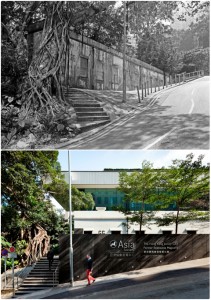

![¡]¨È¹B·|¡P¶}¹õ¦¡¼s¦{¤@¤é¡^¡]2¡^ÀR«Ý¶}¹õ](http://www.prc-magazine.com/wp-content/uploads/2015/04/265_201206121747261jJl9.jpg)



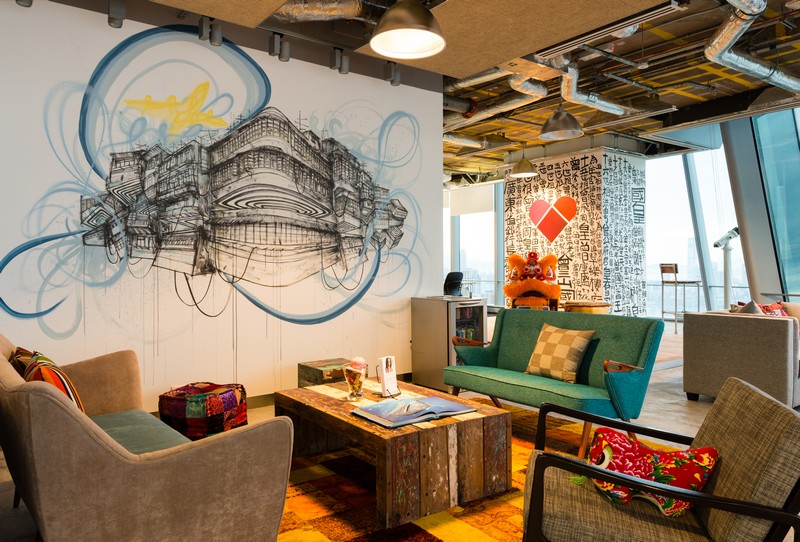
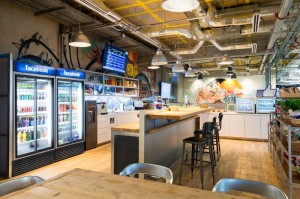
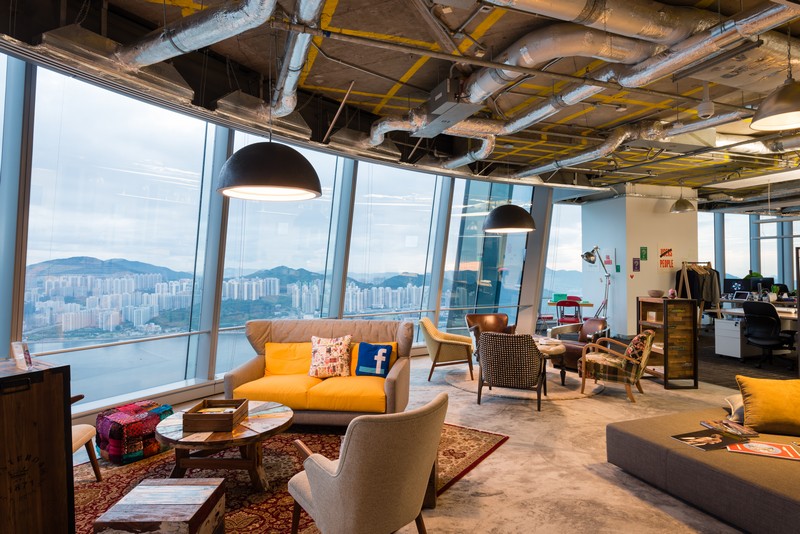 In this half of the 60th floor of the tower, there are no offices, reflecting the social media platform’s DNA to provide a communication tool without boundaries.Desks are motorised for height adjustment to ensure that workers of any size can be accommodated in ergonomic comfort, sitting or standing.
In this half of the 60th floor of the tower, there are no offices, reflecting the social media platform’s DNA to provide a communication tool without boundaries.Desks are motorised for height adjustment to ensure that workers of any size can be accommodated in ergonomic comfort, sitting or standing.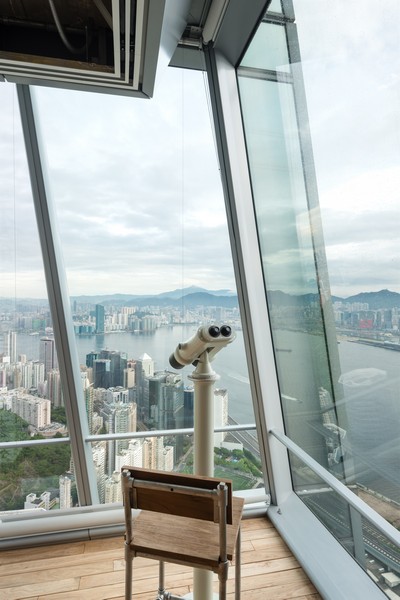
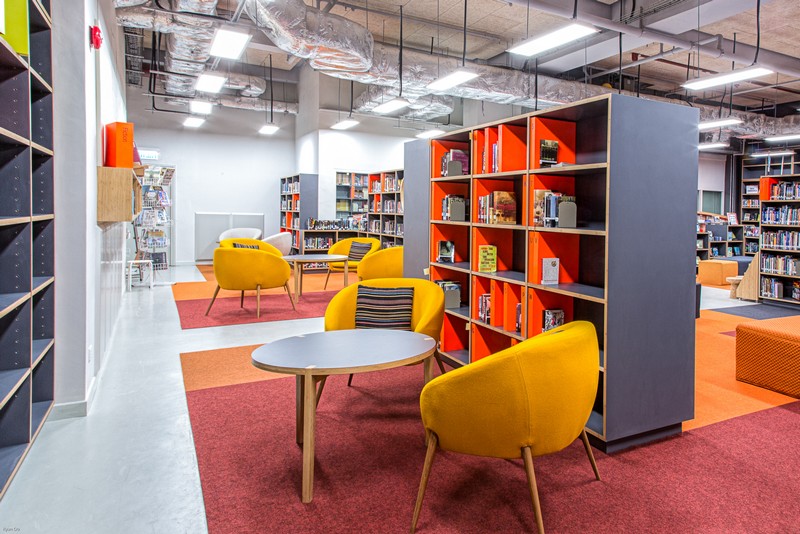
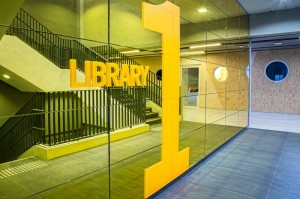 enrolment of 550 students, which is expected to increase to 700 students. It caters for students from 45 different nationalities, aged from three to 18 years of age, with classes from pre-kindergarten up to Grade 12. Collaborate Ltd’s director Roger Hackworth said avoiding a “kiddy-looking approach” was paramount.
enrolment of 550 students, which is expected to increase to 700 students. It caters for students from 45 different nationalities, aged from three to 18 years of age, with classes from pre-kindergarten up to Grade 12. Collaborate Ltd’s director Roger Hackworth said avoiding a “kiddy-looking approach” was paramount.